SMD Wants To Talk About MSL Science (Or Lack Thereof)
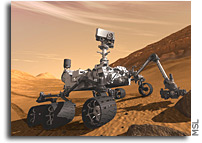 NASA Holds Teleconference to Discuss Science Campaign of Curiosity Mars Rover
NASA Holds Teleconference to Discuss Science Campaign of Curiosity Mars Rover
“NASA will host a teleconference at 1 p.m. EDT Thursday, Sept. 11, to discuss mission status and the future science campaign for the Mars rover Curiosity mission.”
NASA Planetary Senior Review Panel Report
“Unfortunately the lead Project Scientist was not present in person for the Senior Review presentation and was only available via phone. Additionally, he was not present for the second round of Curiosity questions from the panel. This left the panel with the impression that the team felt they were too big to fail and that simply having someone show up would suffice. … As Curiosity is a flagship mission, the panel was surprised by the lack of science in the EM1 proposal …”
Hearing Charter: Exploring Our Solar System: The ASTEROIDS Act as a Key Step, House Committee on Science, Space, and Technology
“Specifically, the panel felt that Curiosity’s extended mission plan to take only eight samples in the next two years was not efficient and that “this is a poor science return for such a large investment in a flagship mission.” The panel also found that “the proposal lacked specific scientific questions to be answered, testable hypotheses, and proposed measurements and assessment of uncertainties and limitations.”


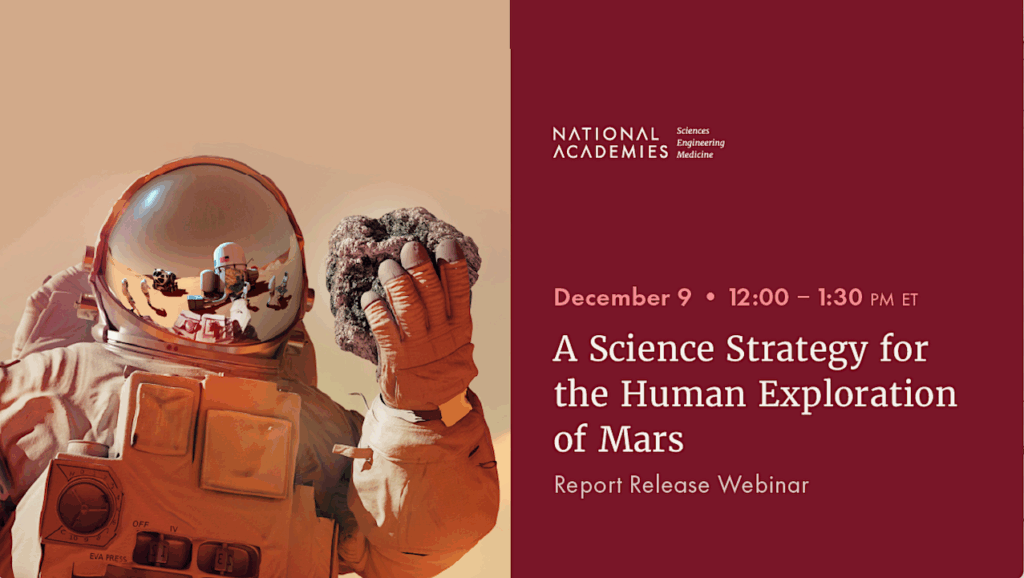

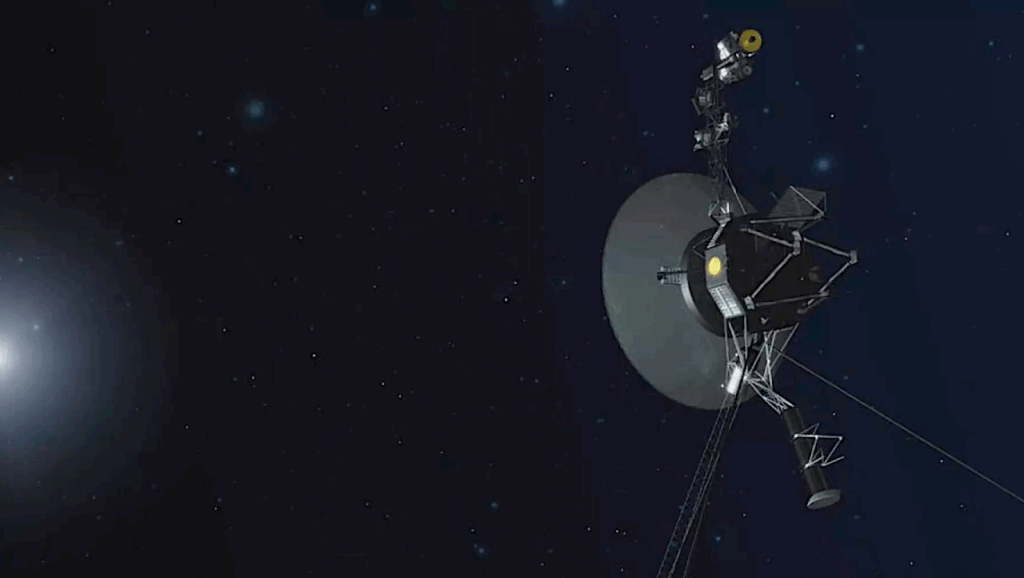
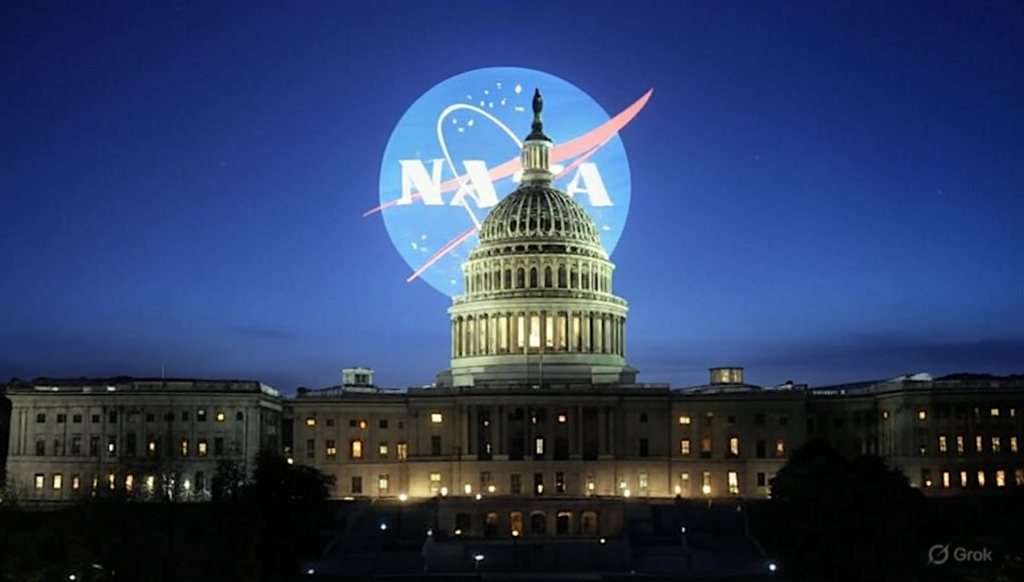
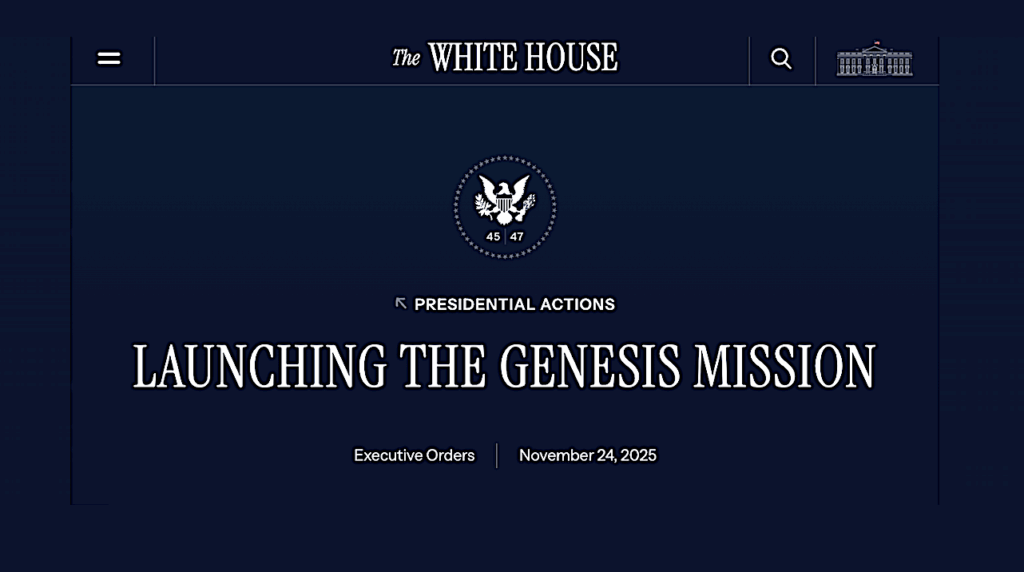
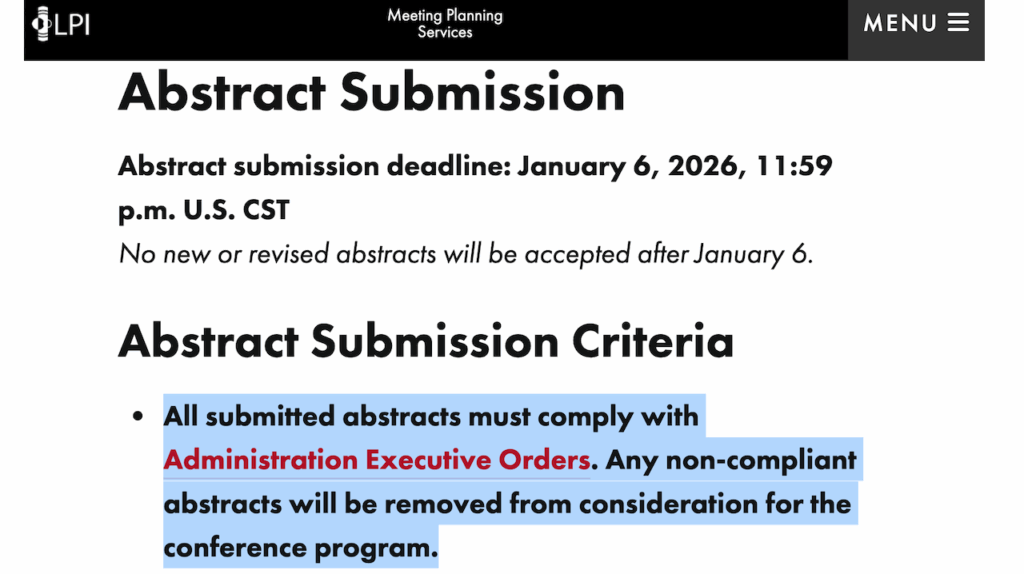

Sure to be a real love-in to make sure they all look like best buds.
When you look at the documentation associated with the MERs and compare it with MSL, you can quite readily determine that the mission was really all about engineering and risky engineering at that particularly EDL method.
Guess the next one will be the same but if that’s all they’re planning on doing then don’t spend the money on that and rather put it into researching ways in which to keep humans healthy during an extended Mars visit or even for long-term habitation
Cheers
So, the objective was to prove the ‘skycrane’ lander? I’m hoping that isn’t the case because they could have done that with a mass simulator with vibration and other sensors so they could simulate the effects of the landing on an actual payload! Several billion dollars down the drain for a lander concept test would be scandalous!
As I replied in a previous post, that was originally its’ primary objective. Any science they could fit into it was a nifty extra. It got blown up into the current monstrosity ‘cuz the Mars folks didn’t want Europa to get the Flagship.
Sampling eight times in two years is a sample every three months. Does that seem like a low number? If so, maybe the site isn’t as scientifically interesting as they thought it would be. The panel said, “the proposal lacked specific scientific questions to be answered….” Maybe there aren’t any scientific questions to be answered about this area that they don’t already know the answers to. I hope I’m wrong about that.
From the press releases (especially the about recent decision not to drill into another rock), I get the impression they are worried about damage. When real (human) field geologists drill samples, it isn’t uncommon to have a bit stick, or jam, or something requiring a bit of effort to get free. That’s not really an option for Curiosity (it isn’t designed to give the rock a kick, or tap the drill with a hammer…) If the break the drill, they are out of luck, and if the drill gets stuck and they can’t get it free, I think the rover is trapped at that spot.
I guess it’s ultimately a risk/reward trade-off. If they found something really interesting, they would take the risk of drilling. Which loops back to the question of just how scientifically interesting the landing site actually is at this point. When the mission landed it must have had scientific questions. Have those questions been addressed with what has been learned so far? I don’t know. More results can always be had, but I wonder if the mission has reached a point of significantly diminishing returns on learning about the geology of the area.
The Director of Planetary Science stated that curiosity fullfilled it’s primary goal within the first weeks.
““Within weeks, Curiosity fulfilled its goal,” Green told reporters, noting that the rover discovered “all of the key ingredients of life and a chemical source for microbes” when a sample drilled near the region known as Yellowknife Bay revealed evidence that the now-desolate area may once have been the bottom of a freshwater lake.”
So everything now is gravy … so .. make those last experiments last until the next funding cycle two years from now.
They averaged one every 3 months… goto one every six months and two years from now they can point to another area and say we have 4 samples we can take…
The vehicle has more abilities than taking sample.
Well, at least NASA seems to be taking this issue somewhat seriously.